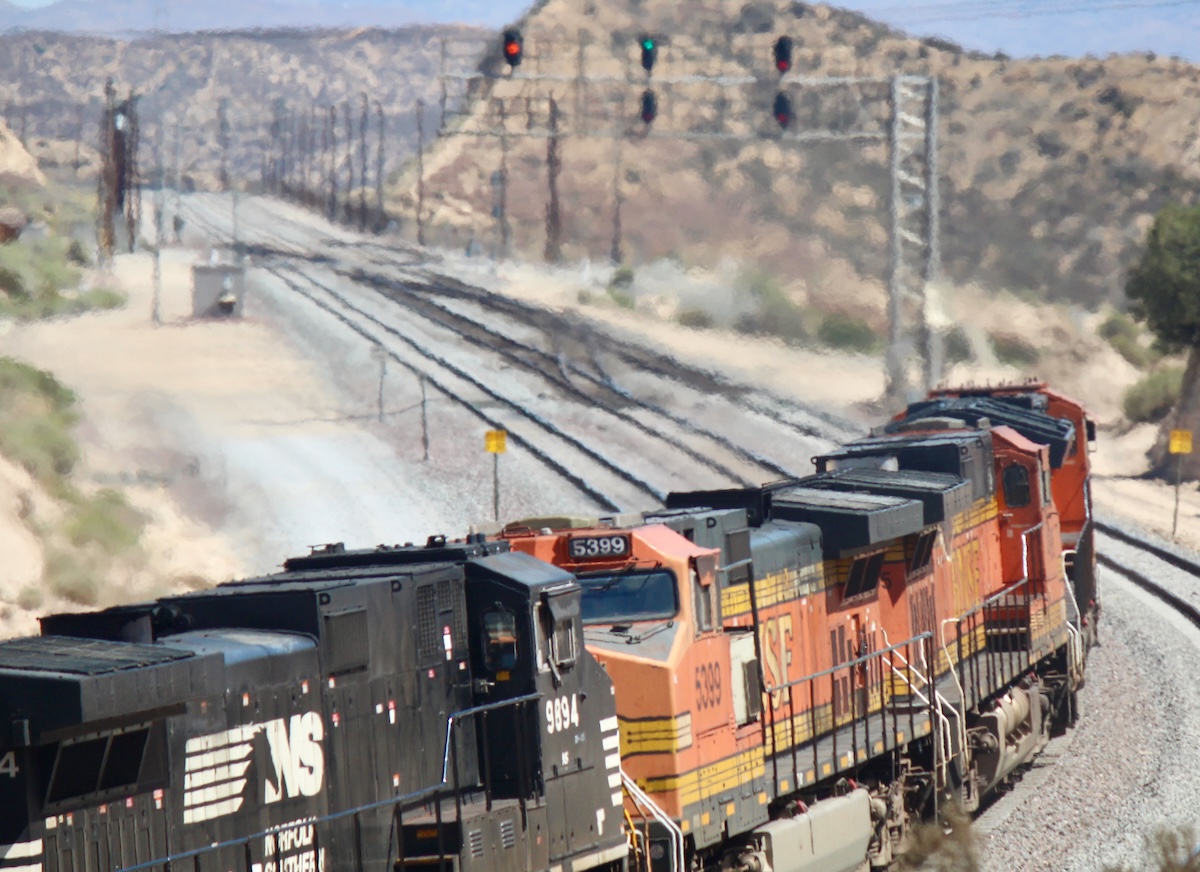
The odds of a transcontinental railroad merger gaining regulatory approval — which were already slim to begin with— got a whole lot smaller on May 3. That’s when Canadian Pacific Kansas City pulled the plug on Kansas City Southern’s information technology system. The cutover to the Canadian Pacific computer system in KCS territory in the U.S. did not go well.
Unforeseen data issues meant CPKC lost visibility into car locations, particularly at customer facilities. Cars bound to or from interchanges couldn’t move until their data was massaged by hand. And shippers and train crews had trouble creating work orders. All this led to congestion, delays, and missed switches in Louisiana, eastern Texas, and Mississippi.
CPKC was still digging out eight weeks later, prompting Surface Transportation Board Chairman Patrick Fuchs to demand answers as some chemical shippers had to divert shipments to trucks to keep their plants running. An apologetic CPKC said it expected service to return to normal by late July.
If this sounds familiar, that’s because it is. Computer glitches brought Norfolk Southern and eventually CSX to their knees when they split Conrail in 1999. Less publicized was the chaotic IT cutover at BNSF after the Burlington Northern-Santa Fe merger.
The Conrail boondoggle came on the heels of the 1997-98 operational meltdown that followed Union Pacific’s 1996 acquisition of Southern Pacific. So when BNSF and Canadian National sought to merge in 2000, the STB said “Whoa!” The board imposed a merger moratorium while it drew up new review rules.
The 2001 rules put a much higher hurdle in front of a merger involving two giant systems — so high, in fact, that none of the Class I railroads have sought to create a coast-to-coast railroad. (KCS had an exemption from the new rules, and CPKC was judged under the old, merger-friendly regulations.)
Which brings us to today.
A combination of lackluster stock performance and a lack of volume growth have prompted some of the Class I railroads to reconsider mergers. A transcontinental system, the thinking goes, would improve service, unlock new markets, and allow railroads to capture freight lost to trucks.
Thanks to Republican control of the White House, Congress, and the STB, merger proponents on Class I boards and in executive suites contend that the political climate may be right for the end-to-end combination of an Eastern and Western railroad.
Also in their favor: The fact that the CPKC merger had gone smoothly was proof that not all Class I mergers invariably lead into the operational ditch.

Until now. Give CPKC credit for taking a delayed, deliberate, and phased approach to its IT cutover two years into the merger. A flawless cutover is as rare as hen’s teeth, and limiting the switchover to KCS — without touching CPKC de Mexico — was wise.
But CPKC’s tech-related operational problems in a three-state area raise the specter that a transcon merger could lead to trouble spanning the East, West, or both. CPKC Chief Operating Officer Mark Redd, speaking to an investor conference this month, lamented how the best-laid tech plans can go awry. “Imagine that on a larger scale,” he says.
You can bet that regulators and shippers already are imaging just such a scenario, particularly since Redd’s larger scale would include not one merger but two. A first transcon merger proposal inevitably would spark a second in short order.
Whether regulators and rail customers will take a broader view — that a pair of U.S. transcontinental systems could dramatically reduce interchange headaches, improve service, and help railroads grow, despite the potential for short-term integration issues — is an open question.
Earlier this month, former STB Chairman Dan Elliott told investment firm TD Cowen that the odds of a transcon merger getting a regulatory green light were 20% to 25%. CPKC’s stumble likely diminishes those odds. And that makes you wonder if rail executives ultimately will conclude that a final round of mergers is simply not worth the risk.
You can reach Bill Stephens at bybillstephens@gmail.com and follow him on LinkedIn and X @bybillstephens






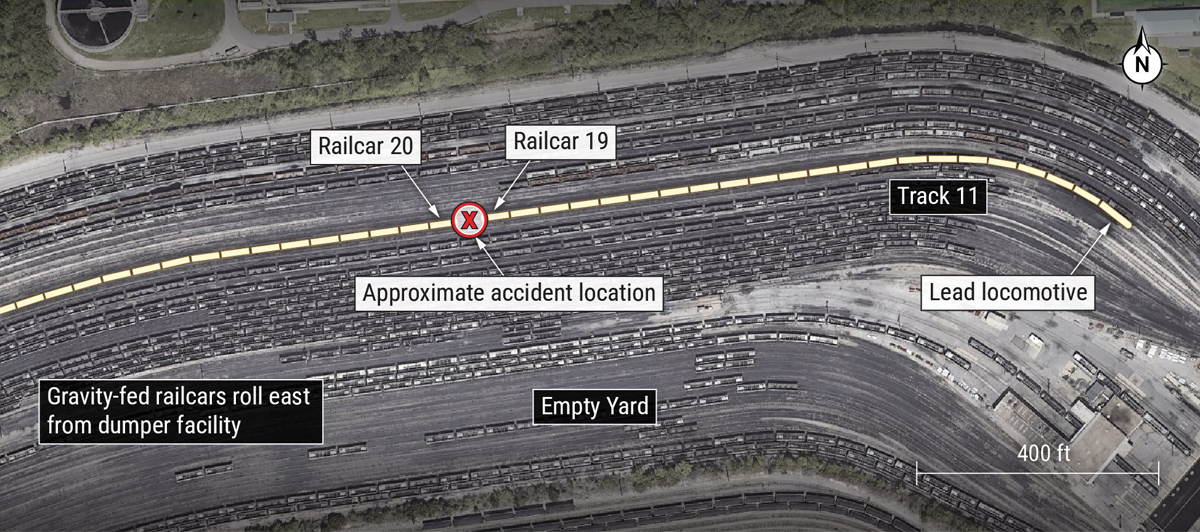
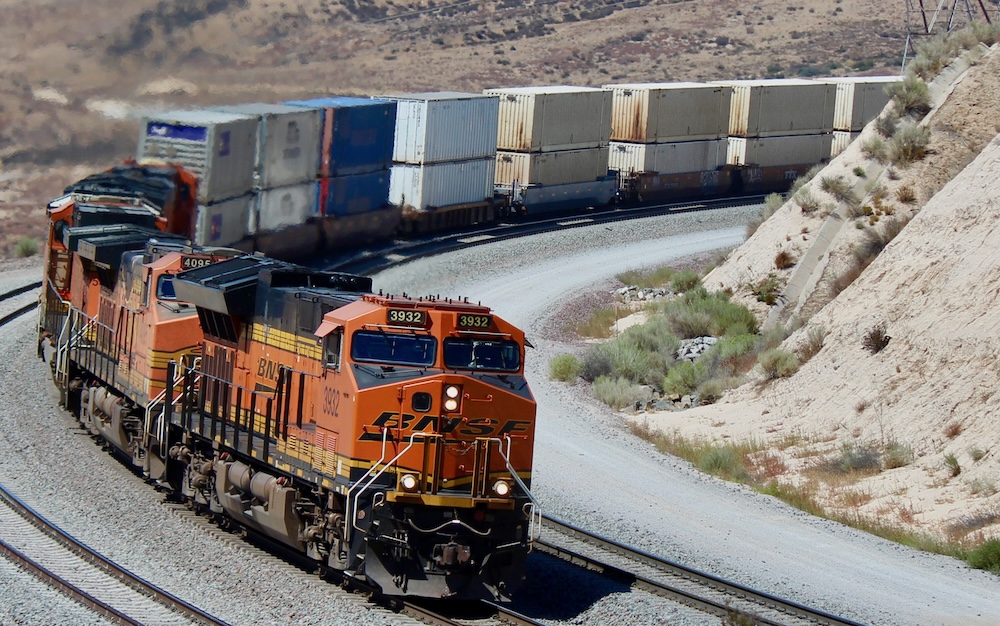
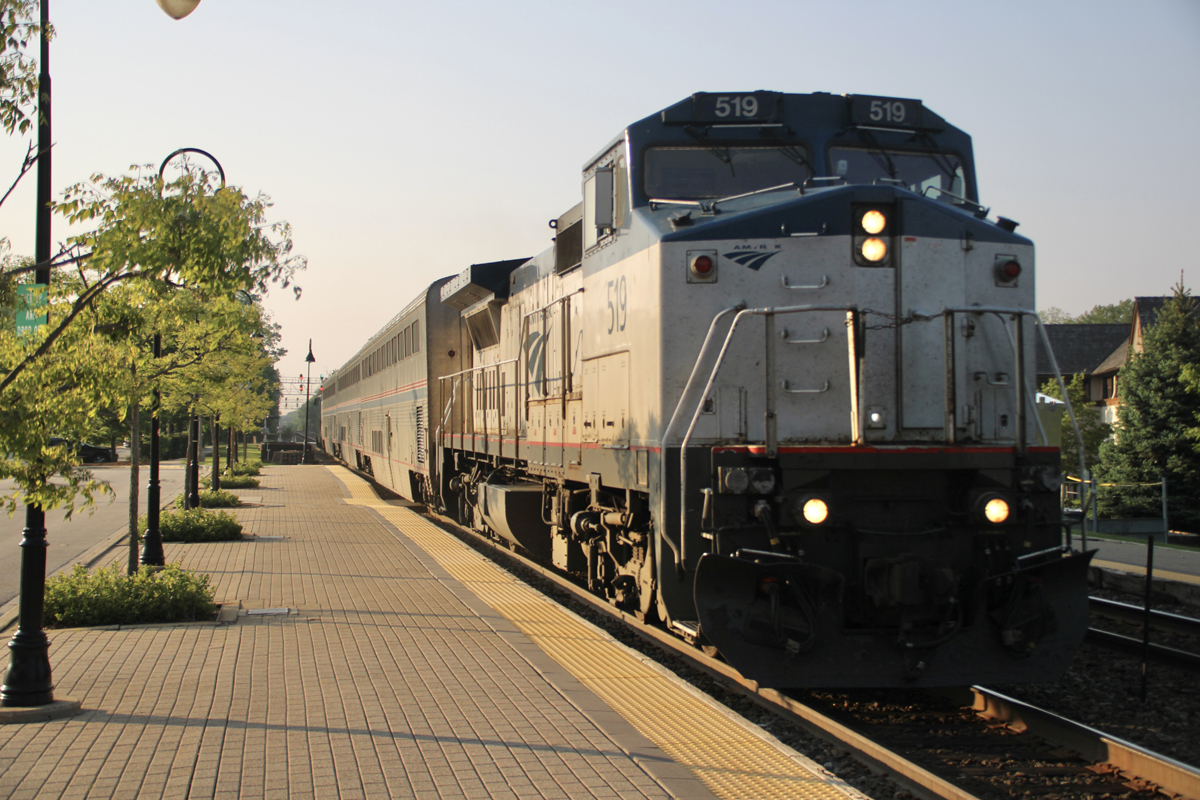
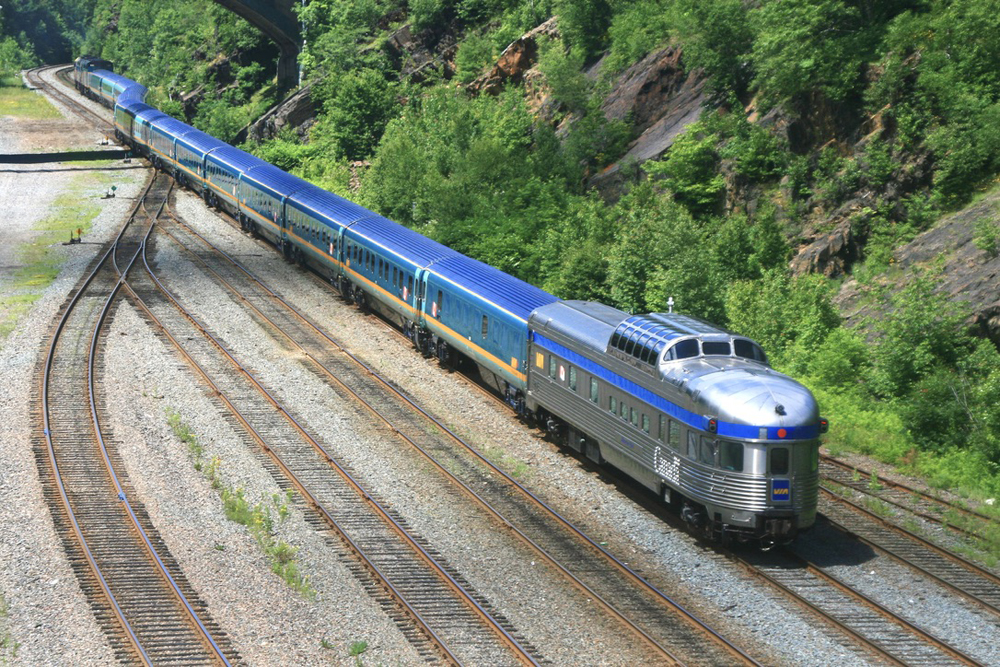
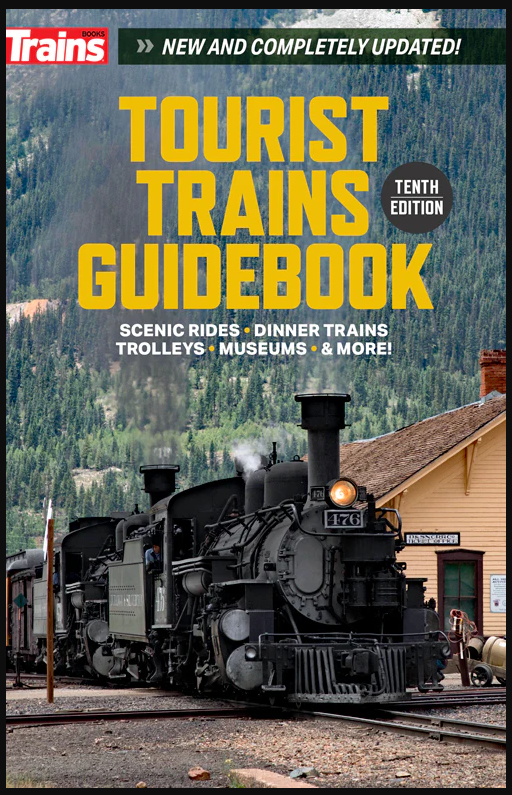
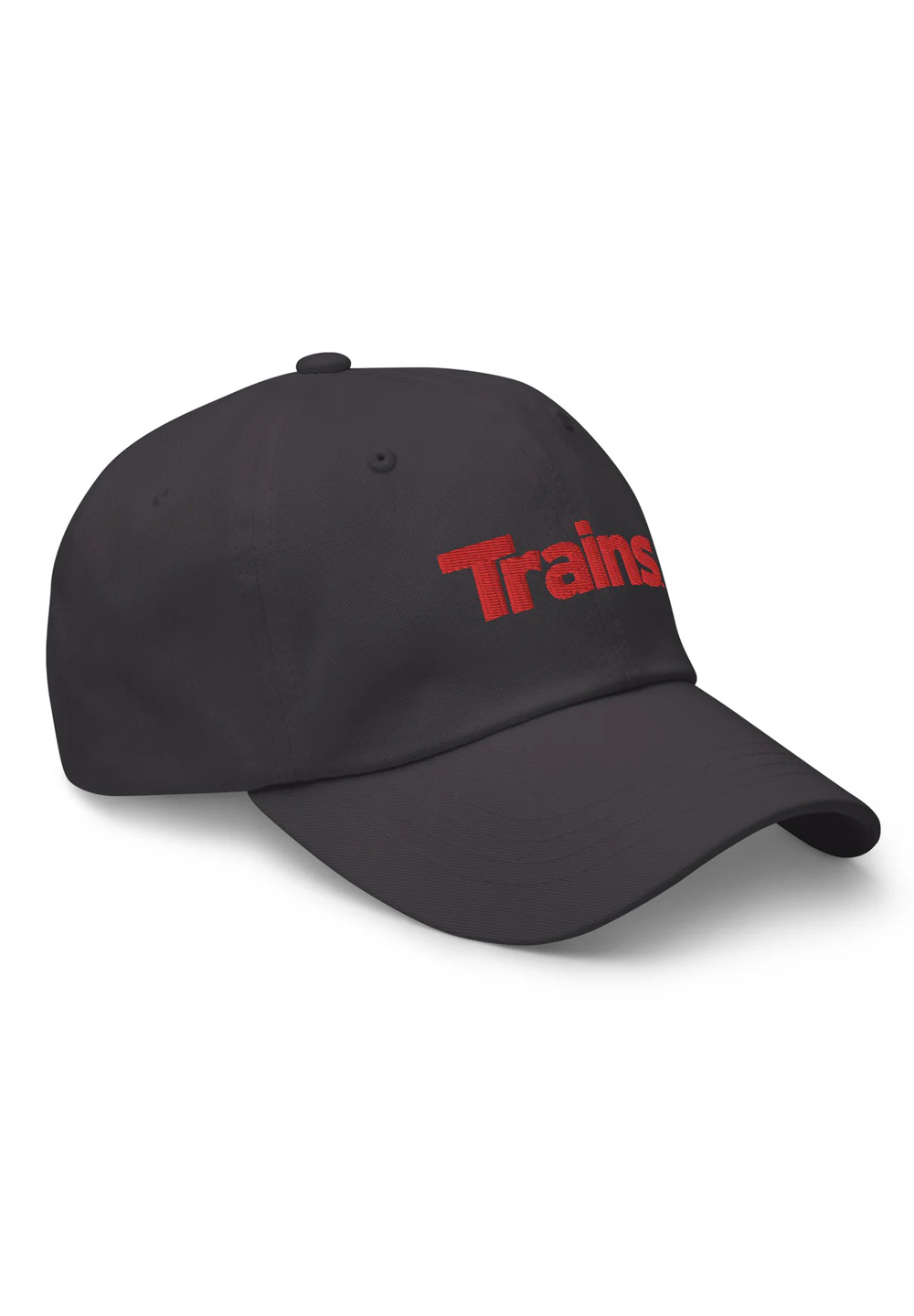
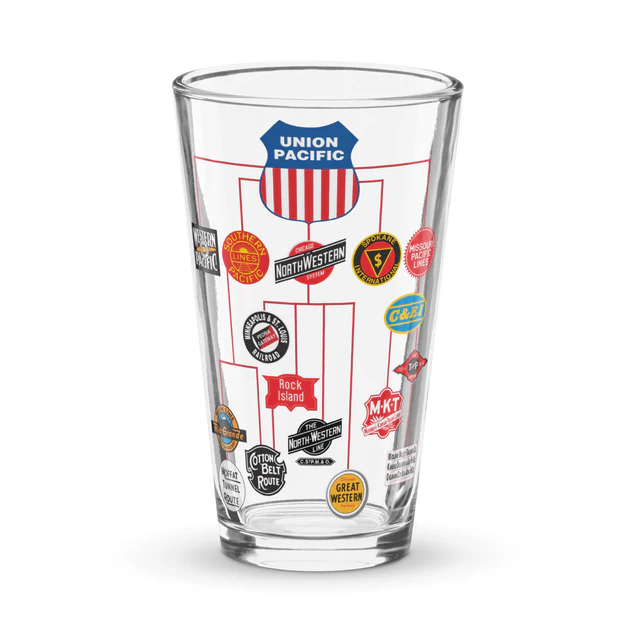
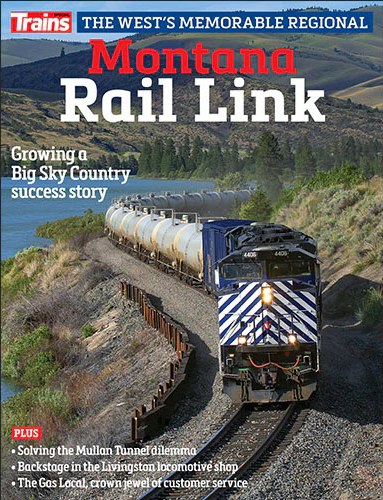
Doesn’t anyone remember Penn Central 1968?
Computer and other comparability prOblems galore with no annoying popup ads!
Any problems of older mergers? NCStL? PM into C&O? B&O eating BR&P?
Not only computers but management attitudes that “they knew better.” PRR’s Saunders (no relation) thought he knew more than Al Perlman at NYC Of course PRR had been run into the ground by the same management who would not see the big picture like reducing redundant trackage (like the 4 lines going over Horseshoe when two probably would have done) and maintenance nightmares that needed upgrades but couldn’t be as well as letting things rot until not even a merger with a decently run road (NYC) could not save the Pennsy. And after that, all the PRR hutzpah that divided the merger partners in the Green and Black “teams” in an attempt to prolong their turf even as their turf was dying away. Yes, that was the Penn Central way which became the biggest failure in industrial history. Fast forward to modern times with Keith Creel and CP promising not to repeat the errors of the past which two years in is exactly what they did, by relying on the CP people over the KCS people who knew what needed to be done. But were pushed out of the way in what was not a merger but a buyout with a name which means nothing. Its still CP for all intents and purposes With its CP red trains and beaver shield which means nothing in the south. And since all others have become wise to the Canadian “flim flam man” that Creel is, how much longer before he becomes the reborn Pennsy and has to admit that he paid many billions too much for a railroad he did not understand and cannot improve without loads of money that he himself is not willing to invest… Those who repeat the mistakes of the past are doomed reap the winds. There will be no more mergers in the Class One ranks and this most recent fiasco was the final nail in the coffin.
Did anyone other than Mr. Redd confirm this was an IT/tech-related issue? In my experience, problems associated with a railroad operating system cutover generally have much less to do with IT system/tech failures or data conversion problems, and more to do with the human-related procedural, training, change management failures with the employees changing to a “new” system – especially when the “new” system is a mature, fully vetted system used by CP for many years. I’d be very surprised if that isn’t the case with this one as well – especially if the issues were related to missing or incorrect railcar status and location information, and they were localized to the three geographic corridors you mentioned and not other locations.
Agree. UP’s probelms in 1996-97 were NOT IT related, but rather, decisions made mainly by closing Strang.
I worked at SP, then UP, and the IT cutover from SP to UP went without a hitch.
Maybe it did but the way SP manged things was much different that the UP did and when UP tried to “hit it like a hammer” as CEO Dick Davidson proclaimed, the old SP fell apart and UP could not quickly fix it.
IT problems and operational issues in a merger are like diabetes. Diabetes kills no one. No, that is done by the heart failures, kidney failures, and numerous other failures that diabetes caused. As a diabetic I know my possible fate. It systemic. When combining opposed systems, railroads usually fail spectacularly when both sides of the equation are not well understood. The winners can’t accept that they need to listen to the “losers” in the transaction. Afterall, they lost,
CHARLES LANDY – I’ll give you an idea of a head scratching interline move:
Recently BNSF has been moving coal, 5 to 10 hoppers at a time, from NM to Utah via UP interchange.
When the coal loads arrive Barstow they are then assigned to the next Barstow to UP/West Colton Yard manifest train. This is in spite of the fact that UP’s Yermo Yard is only 6 miles away from BNSF Barstow Yard and UP has interchanged with Santa Fe/BNSF at Barstow in the past.
The coal moves west over Cajon Pass on BNSF train M-BARWCL (nicknamed the “Bar Winkle”) to UP’s West Colton Yard. The coal loads are then assigned to UP train MWCNP (Manifest West Colton to North Platte), which runs east via Cajon Pass. Apparently the coal is going to some company in Utah, but that hasn’t been verified.
I think you can figure out why the interchange of these coal loads is being done this way.
Alan Jones – I don’t know what you’re trying to say, but CPKC knows better than to screw up business for large chemical conglomerates. You don’t do that (as UP found out after the SP merger when it’s Houston meltdown spread outward from there). So while the computer cutover issues where “localized” it affected some of their most important chemical shippers. That’s a no no.
The chemical industry in Texas and Louisiana have been at odds with the railroads for years over pricing and shipping delays. CPKC’s screw up just adds more gasoline to the fire.
There simply seems to have everyone ignore that the problem only happened in east TX, LA,& MS
The STB needs to consider why a government transcon monopoly passenger railroad is permissible. But, not a commercially-owned and operated teanscon freight railroad. Perhaps Amtrak would be more efficient if broken-up and forced to compete.
I think that is what Musk proposed as head of DOGE.
There’s something I simply don’t get. When we were kids, it took several railroads interlining to get a shipment from northern Maine to Southern California. Ditto, a movement from South Carolina to Montana. Somehow it got done, in the days of primitive IT systems, telephones or telegraph, and pencils writing on clipboards. Also, these were the days of more shippers and more loose-car railroading.
Today, the same movements require two railroads, not several railroads. But the two railroads and their roomfuls of computers can’t figure out how to interline a load, so they need to merge?
No, they don’t need to merge to make interlining easier. They “need” it to give their fatass stockholders the return they (the fatass stockholders) think they are entitled to.
Mr. Burns, without those “fatass stockholders” you seem to dislike, how expansive do you think the U.S. railroad network would be?
I remember when my dad ordered a new refrigerator from a Sears catalog store in 1970. The order didnt show up at the store for installation on time, so the store manager called the Sears shipping manager in Chicago. He said he would track it down.
The Sears employee called back in about an hour and a half to inform us he found the said fridge sitting on a freight dock with the Illinois Central by their warehouse. Seems the empty freight cars never arrived to load said appliances going south. He said it would be another 4-5 days before it would arrive ready for installation. 4-5 days for it to travel the 250 miles.
It did finally arrive. Sears installed it and it lasted almost 18 years.
Can a shipper say the same about anything by rail today? Once the container comes off the ship in Long Beach, its tracking goes into the void called “In transit”.
CR Split, NS upgrade prior to split had flaws that were not noticed until cuttover, then they failed. CSX problem was taking on too much business from the NS problems, the cratered under too much unplanned business
Which begs the question why wasn’t Conrail just sold as an IPO and to new owners? It was finally making money and providing what was considered to be very good service. But Congress didn’t want to be bothered and the only thing that happened was the Conrail customers got screwed over by a bad decision…
Dipping into ancient history, how about PRR + NYC as the mother of them all?
Where someone thought the merging of two bankrupt, overlapping railroads were going to somehow concoct a miracle.
Not to mention force feeding them the bankrupt New Haven.
What a surprise…IT systems not working properly when a combination or upgrade is involved.
Maybe they should try to unplug it and plug it back in.
Retired broadcast and cable telecoms engineer here. They should’ve obeyed “the first law of engineering”: If it ain’t broke, don’t fix it.”
Don’t forget the corollary – If it ain’t broke and you try to fix it, you’ll break it.
CPKC’s stumble may be embarrassing, but it’s far from the only argument against a transcon merger.
Railroads have had 150 years to figure out how to interline a shipment. If they can’t do that now with decades to prepare and all the IT and communications systems money can buy, a merger won’t help.